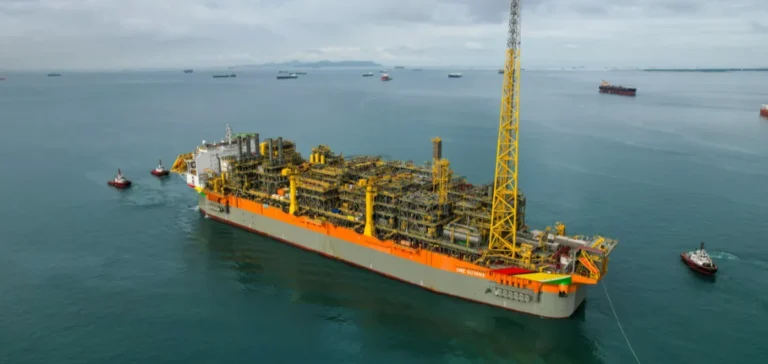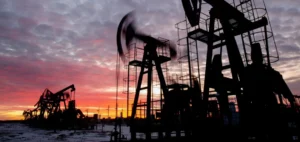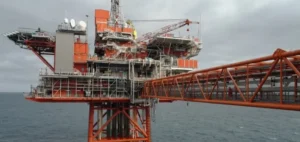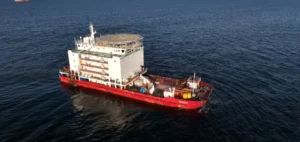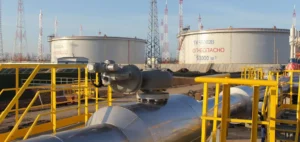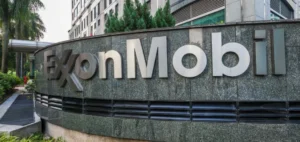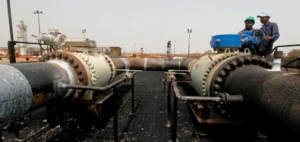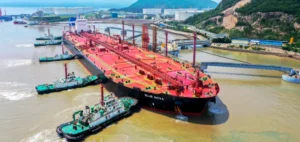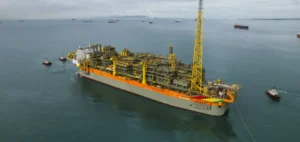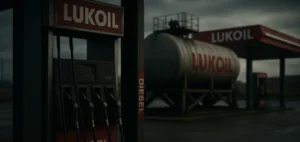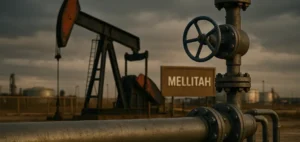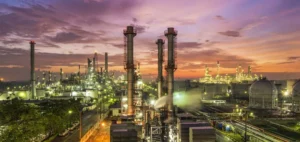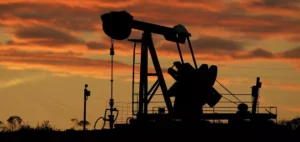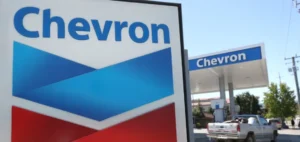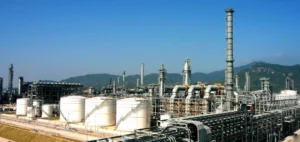SBM Offshore announced the start-up of FPSO One Guyana, now officially in service, as part of the Yellowtail offshore oil project located about 200 kilometres off the coast of Guyana. This unit is the fourth and largest installed by the company in the country, following FPSOs Liza Destiny, Liza Unity and Prosperity.
FPSO One Guyana is based on SBM Offshore’s Fast4Ward® industrial programme, which combines a newbuild multipurpose hull with standardised topside modules. Designed to produce an average of 250,000 barrels of oil per day, it has an associated gas treatment capacity of 450 million cubic feet per day and a water injection capacity of 300,000 barrels per day. The unit is spread-moored at a water depth of about 1,800 metres and can store up to 2 million barrels of crude oil, with systems designed to facilitate continuous maintenance operations.
A project integrated into the Stabroek block
FPSO One Guyana is part of the Yellowtail development, the fourth major project within the Stabroek block. This block is operated by ExxonMobil Guyana Limited, a subsidiary of Exxon Mobil Corporation, which holds a 45% stake. Hess Guyana Exploration Ltd holds 30%, and CNOOC Petroleum Guyana Limited, wholly owned by CNOOC Limited, holds 25%.
The unit’s technical specifications, including the integration of standardised modular systems, aim to simplify scheduled interventions and reduce downtime. The use of interchangeable components and unified procedures across the Fast4Ward® fleet optimises logistics and secures spare parts supply.
Production capacity and operational continuity
FPSO One Guyana joins two other Fast4Ward® units commissioned in 2025: Almirante Tamandaré, operational since February 16, and Alexandre de Gusmão, in service since May 24. Together, these units increase SBM Offshore’s installed capacity by 655,000 barrels per day, while applying harmonised maintenance protocols on an international scale.
These facilities are expected to help maintain high unit availability, a key factor in sustaining production volumes and reducing operating costs in deepwater offshore projects.


